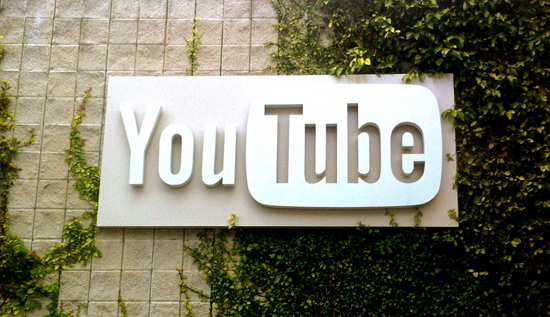YouTube Finally Updates Copyright Procedures, Decides to Manually Review Some Claims
Google‘s taken some flak in the past over the way YouTube handles copyright allegations. In order to stymie the flood of complaints from copyright holders, they implemented the flawed Content ID system that allows said copyright holders to essentially hold uploaded videos hostage. They can either take them down or place ads to monetize the content. The whole process is automated, and false positives run rampant. Thankfully, YouTube has announced that they’re altering their algorithms and will even start reviewing some claims manually.
There’s no better example for the failings of Content ID than the landing of NASA’s Curiosity rover. By default, anything created by NASA exists in the public domain. Unfortunately, it was also relayed along the usual lines and so was broadcast by your typical television outlets. Due to the way Content ID functions, though, this meant that the public domain video was suddenly considered copyrighted because it had been in the relayed broadcasts. It’s not the first time this sort of thing has happened.
The updated algorithm can sort out claims that might be invalid for manual review, but it’s hard to say how effective it’ll actually be. In an effort to further curb invalid claims, YouTube will also have a new appeals process where the user that uploaded the supposedly infringing content can challenge that assertion. The claimant then must either drop the original claim or file an actual DMCA notice in order to take it down.
Hopefully this will bring about an end to the incessant trolling of the Content ID system. There are legitimate uses, sure, but they don’t excuse the shenanigans that occur on a regular basis through it.
Relevant to your interests
- Iran only blocked Gmail because it couldn’t figure out how to only block YouTube
- YouTube show coming to ABC, like we needed another cooking show
- YouTube denies White House request to remove clip that started Libyan protests
Have a tip we should know? [email protected]
